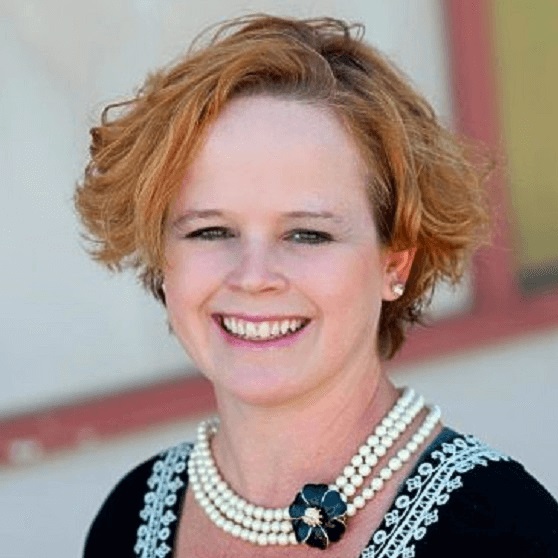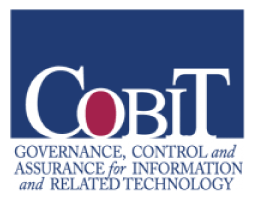K-12 education is dominated by female teachers with about 76% of the workforce being filled by women. While teaching has been a favored career for women for many years, the numbers have increased more and more over time. In fact, the female teaching force has increased by more than 60% since the early 1980s. About 90% of elementary teachers are female and about 60% of high school teachers are female. This contrasts with administrative positions where about 75% of superintendents are male and about ½ of principals are male (75% for high school).

76% of teachers are women. 79% of teachers are White.
Teachers tend to be paid lower salaries than other careers and, in most states, their income falls below the state living wage. The younger the students, the lower the pay, and the more likely to be female. About 18% of teachers work second jobs to supplement their income. The idea that teachers have shorter workdays and summers off is basically a myth.

More than half of teachers consider leaving the field because of stress and burn-out. Over time, this can lead to exhaustion, cynicism, and inefficiency. Many teachers experience high stress, anxiety, depression, and physical health problems. These symptoms stem from poor funding, lack of resources, insufficient training, high teacher-student ratios, and growing challenges with student behavior, trauma, and mental health issues (particularly since the COVID-19 pandemic).
Teachers tend to be paid lower salaries than other careers and, in most states, their income falls below the state living wage.
Providing teachers with training and resources to help them understand, cope, and manage high emotional demands can improve teacher well-being and decrease burnout. Social-Emotional Learning (SEL) has been shown to be a highly effective tool for improving student wellness, behavior, and academic outcomes. In addition, SEL can improve teacher wellness, attitude, and resilience. Teachers must learn not only how to teach SEL to their students, but how to incorporate SEL into their own lives and apply it to their own well-being. For instance, learning better self-awareness, stress management, mindfulness, optimism, and self-care strategies can help them cope better.
SEL can improve teacher wellness, attitude, and resilience.

Research indicates that there is a strong correlation between teacher autonomy and retention.
Wednesday, October 5, is World Teacher’s Day. In addition to the traditional ways of showing appreciation to teachers such as giving small gifts or letters, or offering a breakfast or lunch party, etc., it is important to make the effort to give them a voice. This year, ask them:
- What would help them do their job better?
- What would improve their stress?
- What skills would they like to learn to better help themselves and their students?
Empower educators by giving them more autonomy, more support, and more resources.
Happy World Teacher’s Day to all the passionate, committed, and outstanding women who give their lives to teaching children every day!











